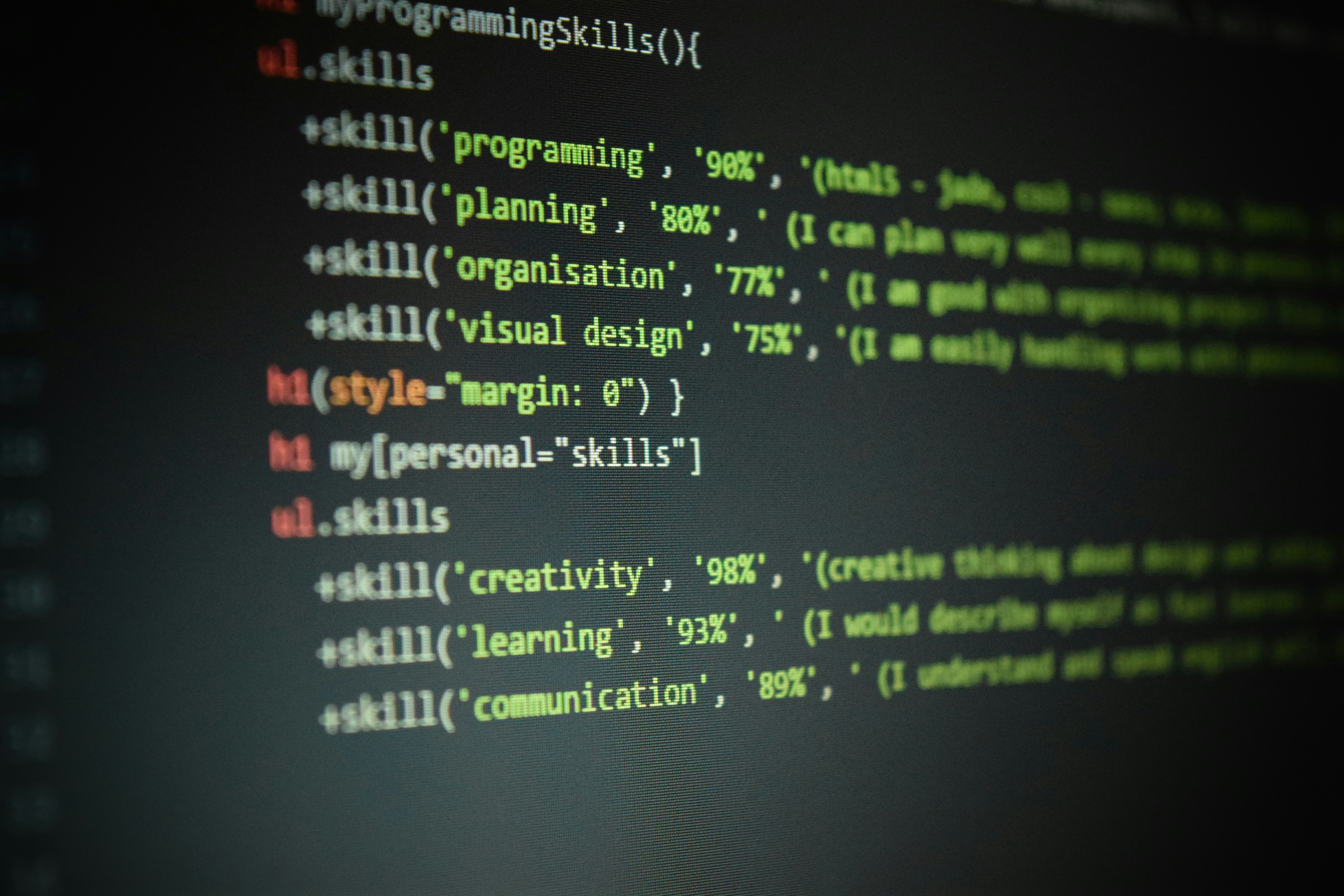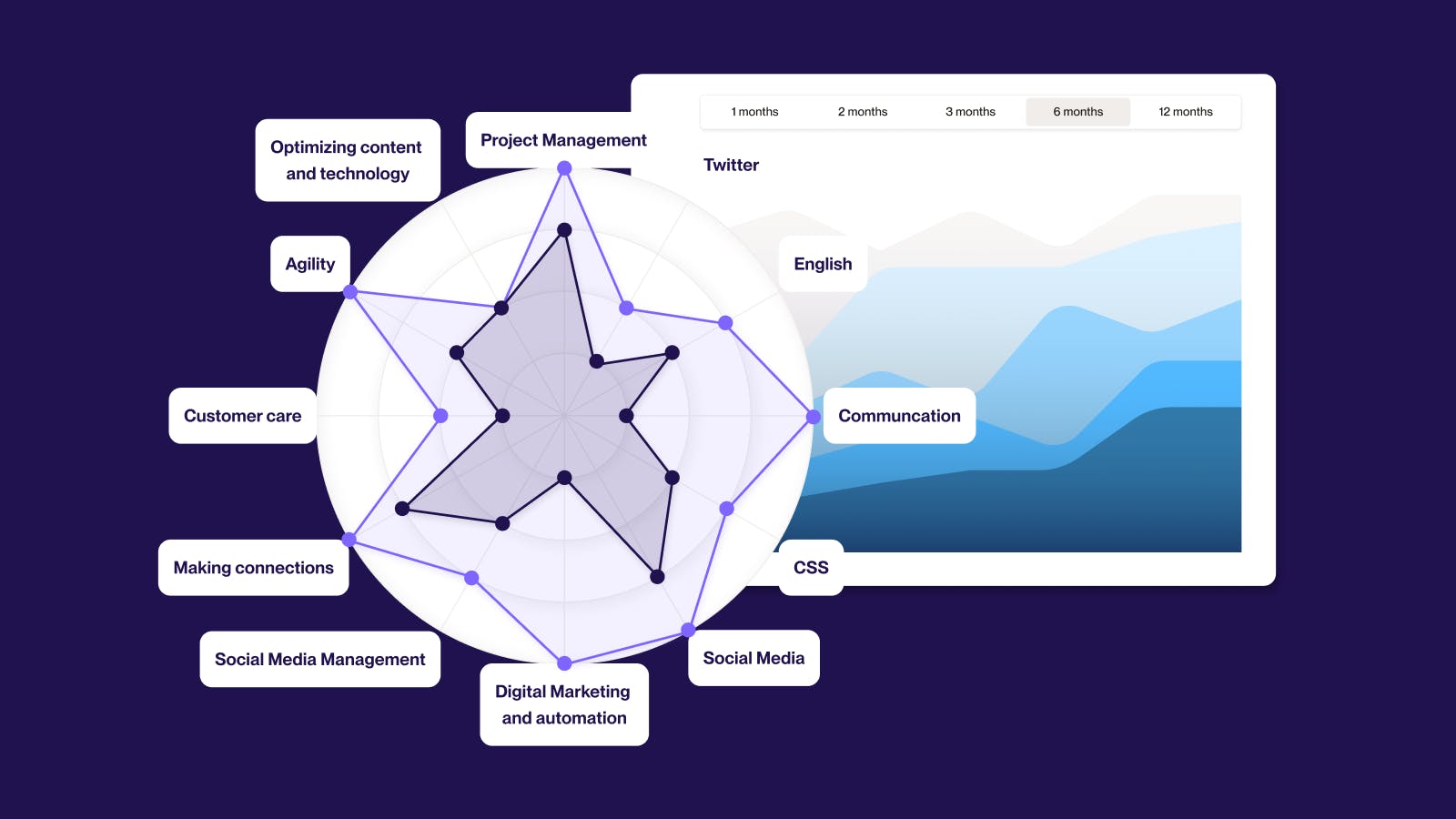Talent bomb, explained: How to solve HR's latest crisis

Talent War, Talent Bomb... Talking about the current and upcoming HR trends can almost feel like we’re talking about Star Wars, yet we are indeed very much still on the subject of talent management. While HR has always faced challenges, they seem to be never-ending and escalating in recent years, bringing us to today’s emerging crisis: the talent bomb.
Although the issue of the talent bomb is not actually new, it is taking on a whole new form, with a catchy new name.
With the advent of new technologies, especially generative AI, this latent global crisis is disrupting the balance between the supply and demand of skilled talent, forcing companies to completely rethink their approach to talent management.
How do you avoid a talent bomb? Companies must first understand the root causes of the crisis and how it applies to their market. They can then ensure their talent strategy is agile and holistic by implementing innovative retention strategies, investing in professional development, and tapping into the skills of their employees.
What is the talent bomb?
With a name inspired by the carbon bomb, the Talent Bomb is a global crisis where HR fear a shortage of talent and skills available in the labor market. The talent bomb disrupts the balance between supply and demand of the qualified workforce and can have numerous consequences for a company's health and performance.
In response, companies are forced to completely rethink their approach to talent management. it has become imperative to understand the complexities of this crisis and find sustainable solutions to mitigate its effects, or risk struggling to attract, retain, and develop highly skilled professionals.
3 causes of the talent bomb
Several factors have contributed to the "Talent Bomb."
1. COVID-19
Firstly, the global COVID-19 pandemic reshaped the professional landscape, highlighting critical disparities in flexible work policies, social benefits, and job security. This awareness prompted many professionals to seek more favorable work environments and reassess their career priorities. While some companies have been able to anticipate or adapt, this is not the case for all. As a result, they are losing their talents, who are heading towards organizations that have quickly acclimated to these new needsquickly acclimated to these new needs.
2. Technological advancements
In addition, there is a growing shortage of skills in key areas such as technology, engineering, and science. The speed of technological advancements has created a significant gap between the required skills and those available in the labor market, forcing companies to compete for a limited number of qualified candidates. It is becoming difficult for Generation X and Y to adapt to the labor market due to their lack of skills in technology and digitalization in particular. New communication tools, new collaboration technologies, the emergence of AI... all these developments require real training to be taken into account, and companies must now allocate a budget for these new skills.
3. Employee expectations
Finally, changing expectations of employees regarding company culture, work-life balance, professional development, and compensation have also contributed to the pressure on HR departments. It is worth noting that talents are increasingly seeking professional fulfillment through a positive work environment and a continuous personalized career path.
Challenges and risks of the talent bomb
The gap between the skills available within the workforce and those actually required by the labor market is gradually widening. This skills shortage is explained by the mismatch between the new requirements of the job market and companies regarding key skills and the lack of available training within organizations to bridge these skills gaps.
Too many companies want to recruit the "same" talents with these new skills, but too few are actually trained in them.
This talent shortage can have a devastating impact on the performance of companies. Therefore, they have a strong interest in addressing this issue and allocating a budget to train their employees.
Without an effective action plan, this skills gap will widen the divide between the demands of the labor market and what workers can actually offer.
If the Talent Bomb explodes, it risks creating significant recruitment and retention problems. The lack of candidates with the necessary skills can make the recruitment process lengthy and costly, which impacts productivity and organizational efficiency.
Furthermore, retaining talented employees can be challenging when there are no opportunities for personal development and career advancement, and when talents are disconnected from their work.
These factors can inevitably lead to a significant decrease in organizational performance. The lack of adequate skills can hinder innovation, reduce competitiveness, and jeopardize the sustainability of an organization.
The fear of a "talent bomb" poses complex challenges for all companies, raising fundamental questions about talent management approach, making it a strategic issue as well.
How to prevent the talent bomb from exploding
The explosion of the talent bomb will undoubtedly have a negative impact on companies if it is not anticipated and controlled.
Recruitment costs will increase, recruiting cycles will be prolonged, and competitiveness in the job market will continue to intensify. Companies will struggle to retain their existing talent while facing the constant threat of employee departures to companies offering better conditions.
Furthermore, productivity can suffer as unfilled vacancies often result in increased workload for current employees, which can lead to burnout and a decrease in the quality of work.
But how can we prevent the bomb from completely exploding? How can we face this HR challenge?
Toward the skills economy...

We are currently experiencing major economic changes that significantly alter the professional landscape. This is a transition from a traditional economy based on job titles or education to an economy primarily focused on skillsprimarily focused on skills. This shift is mainly driven by digital and technological advancements, as well as the rise of professions, practices, and fields of activity that rely heavily on soft skills, themselves the basis of critical skills in the workplace. This important shift to a skills-based economy demonstrates the superiority of human intelligence, creativity, and adaptability.
By focusing on employees' skill sets rather than their jobs, organizations can identify all the skills present within the company and those that are truly lacking. Employees are full of "talents" and likely have hidden skills that may not be specified in their job description.
For example, Damien may work in sales but have technical skills in video editing, which can help his team provide insights on what attracts prospects and the best way to communicate with them. Similarly, Louise may be trilingual and interested in an internal opportunity abroad.
By knowing all their skills, companies can better understand their employees and better meet their needs and preferences. And this is significant in the current work environment, as the opportunity for career advancement is one of the most important factors in talent retention today.
A key characteristic of this skills economy is a holistic approach to talent. It is not simply about considering a person's formal qualifications, but rather recognizing and appreciating the diversity of their abilities and innate, acquired, and hidden skills. Companies must now go beyond traditional hiring criteria and embrace a broader vision of the skills needed to succeed and adapt in a constantly changing world.
...For a truly strategic talent management
To mitigate the effects of the "Talent Bomb," companies must adopt innovative approaches to talent management, including the skills-based approach we mentioned.
This involves reviewing their recruitment and retention strategies to adapt to the constantly evolving job market. Companies must also invest in the development of internal skills, offer attractive training and professional development programs, and improve company culture to foster employee engagement.
Furthermore, the adoption of advanced HR technologies such as artificial intelligence for recruitment or skills and predictive analysis for retention can help companies make more informed decisions regarding talent management.
There are many tools on the market today, some of which place your employees' skills at the heart of your talent management. This type of HR solution will allow you to adopt a strategy focused on the skills economy that we mentioned earlier.
A little over a year ago, Michael Griffiths, Senior Partner, Principal, and Lead in Deloitte's Workforce Transformation Practice, told Forbes that "The boundaries for the organization—both how you engage with your workforce and who your workforce is—are disappearing.”
This shift from an employment-based approach to a skills-based approach is now essential to create individual career paths and make your company capable of anticipating and meeting the organization's needs.
Thus, your talent management must be, in a word, agile. While agility has been talked about for several years now, few organizations have truly been able to make the shift. A skills-focused mindset exponentially facilitates the resolution of today's and tomorrow's skills gaps, which are precisely the problem for the Talent Bomb.
Fortunately, there are solutions to help you in this transition and prevent the bomb from exploding.
Digitalization and AI

Intelligence and capabilities, in the agile vision, are not fixed points but skills to be cultivated.
Ultimately, this transition to a skills economy will be of no use to you if you're still locked into old processes and structures that limit your ability to apply this approach to the lived experiences of your people.
Technology is therefore an invaluable ally at this stage, and you'll want to choose an Internal Talent Marketplace aligned with your values. An AI-driven, competency-based Internal Talent Marketplace encourages HR and your people to stay engaged, and to see career development as an ongoing part of talent management.
Thanks to digitization and AI, you'll be able to offer training, and upskilling plans to close those ever-widening skills gaps.
AI-enabled HR software uses what's known as Skills Tech, and enables you to identify and provide you with a map of the skills present within your company, to visualize the skills you need to have on the market, and to detect the gaps between the skills your employees already possess and those they need to evolve in their careers and on the job market. You can then propose training and skills enhancement plans to close these gaps.
In short, you can take real action.
There are dozens of HR software packages available. But how do you find one that specializes in skills to diffuse that Talent Bomb? You'll need software that uses that famous Skills Tech, and one that integrates with specific tools to support employee learning and development, such as skills assessment and learning management systems.
By capturing data on the skills of your teams, the right software provides HR with an overview of current skills within their organization, enabling them to know :
Who you hire: whether a candidate has the skills needed to complement the team's existing skill set and fill known skill gaps.
How much you pay them: the candidate's or employee's position on the salary grid according to their skills and abilities.
Who you promote: whether an employee has acquired new skills and is now eligible to progress into a new role.
How and where you deploy skills across the organization: leaders can place relevant talent in new roles or specialized projects based on skills.
How you grow your business: skills tracking enables decision-makers to plan expansion into new areas or markets.
Solutions such as 365Talents enable you to obtain all this information to reduce skills gaps within your organization, and prevent future gaps before they occur.
With 365Talents' Skills Intelligence, HR managers can dynamically visualize the analysis and comparison of skills supply and demand, highlight emerging skills, declining jobs and much more. Find out more here.








The "Talent Bomb" remains one of the most pressing challenges facing companies today.
To thrive in this competitive landscape, companies must recognize the critical importance of effective, proactive talent management. By identifying the root causes of the crisis, implementing innovative recruitment and retention strategies, and investing in professional development, companies can be better equipped to mitigate the impact of the crisis and position themselves for long-term sustainable growth.
A skills-based HR strategy is not just the HR strategy of the future, but the HR strategy of the present. Understanding the value of competencies and adopting a skills-based vision is the first step, but transforming your philosophy into a workable strategy requires a tool with skills woven into its DNA.
Choose wisely and you can transform the lives of your employees!
Learn more about skills












